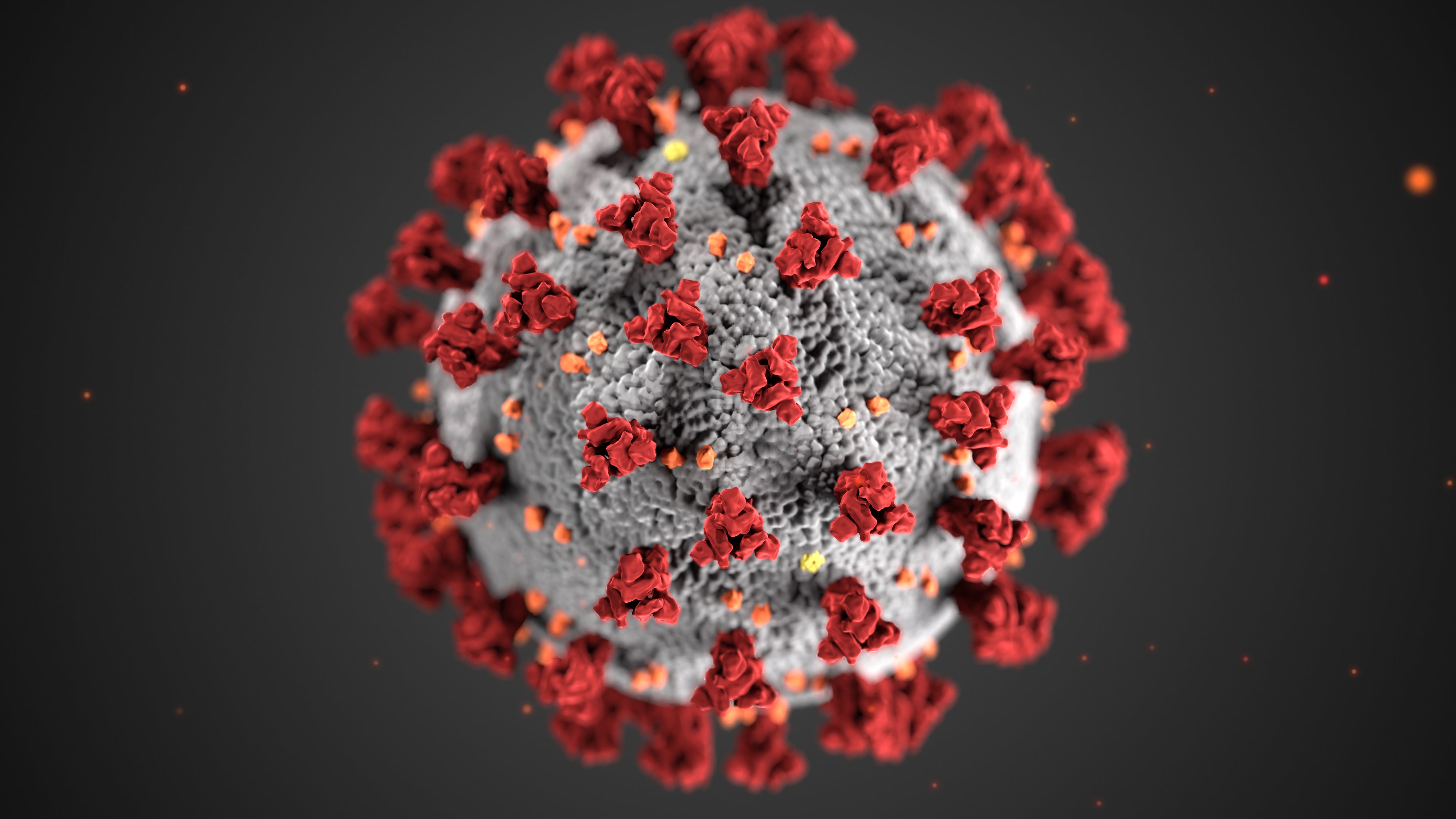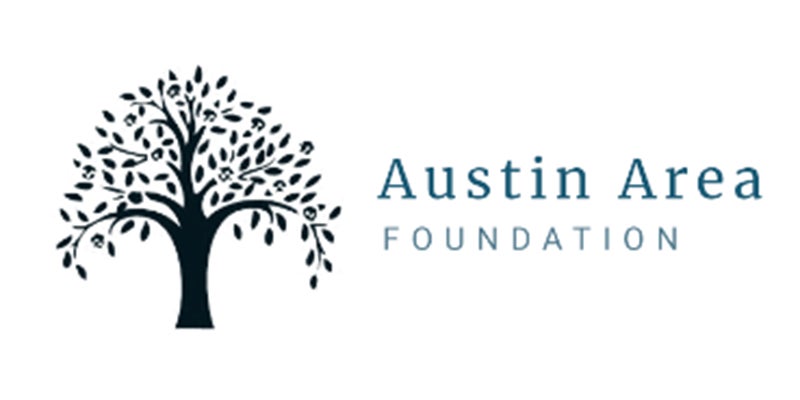Minnesota sees declining COVID-19 intensive care rate
Published 4:47 pm Tuesday, January 11, 2022
|
Getting your Trinity Audio player ready...
|
By David H. Montgomery
Minnesota’s post-holidays COVID-19 numbers remain messy, making it hard to chart the disease’s next steps. One thing, however, is increasingly clear: It’s the deadliest period so far in the pandemic for Minnesotans who are not in long-term care.
Minnesota’s overall rate of COVID-19 deaths — averaging more than 30 per day — is just half the death rate recorded in December 2020, the worst stretch of the pandemic so far.
But that difference is driven by a lower death rate among Minnesotans in long-term care facilities, who accounted for a majority of Minnesota’s COVID deaths in the first phase of the pandemic. That was despite there being fewer than 100,000 total long-term care residents in Minnesota.
After the rollout of vaccinations starting in December 2020, however, with a priority on vulnerable older Minnesotans in nursing homes, the death rate there has plunged. For the past year Minnesotans outside of long-term care facilities have accounted for the lion’s share of deaths.
In particular, non-long-term care COVID deaths have skyrocketed since Thanksgiving. Death rates in long-term care facilities are higher than they were in the December 2020 peak, despite the overall death rate being much lower.
This change has also shown up in data on deaths by age. For much of the pandemic, people over 80 accounted for the largest share of all COVID deaths. In the past week, however, for the first time all pandemic, people under 65 have accounted for more deaths than Minnesotans 80-plus.
Older people are still much more likely to die from COVID-19 than younger demographics — there are far more Minnesotans under 65 than there are over 80, and yet the two populations are accounting for similar shares of COVID deaths. But the disparity has been shrinking.
One big reason why: vaccination rates. More than 90 percent of older Minnesotans are fully vaccinated, the highest rate of any age group. But that minority of unvaccinated older people is accounting for a disproportionate share of COVID-19 deaths.
In the week beginning Dec. 5 — the most recent data available — there were just under eight deaths per 100,000 fully vaccinated seniors, compared to around 137 deaths per 100,000 older adults who were not fully vaccinated. In other words, death from COVID-19 among unvaccinated seniors is 17 times more common than it is among vaccinated older adults.
Active cases climbing quickly
All this is happening as the state continues to get whacked by the post-holiday surge driven by the COVID omicron mutation.
The newest state Health Department figures show new cases averaging more than 6,500 a day the past seven reporting days. Known, active cases came in at nearly 47,000 — the highest since just before Thanksgiving 2020. They’ve jumped 40 percent in the past 10 days.
The percentage of COVID tests coming back positive is trending at about 10 percent, according to MPR News calculations — about twice the 5 percent officials find concerning.
“The omicron surge has most definitely reached Minnesota,” Minnesota Health Commissioner Jan Malcolm told reporters last week. She said it’s spreading “like wildfire” here and across the country and “we just need to expect that it’s going to be the norm for us in coming weeks.”
COVID hospitalizations remain high — 1,435 people are hospitalized with 255 needing intensive care.
Hospital CEOs across the state have warned since late fall that they were being overwhelmed by COVID-19 patients and those with other care needs. On Friday, the Minnesota Hospital Association begged people not to come to emergency rooms seeking COVID tests or other nonemergency care.
“We have run out of words to describe what we are undergoing — a crisis does not even come close,” the group said, adding, “hospitals are literally full … ICUs are full, emergency departments are full, medical-surgical units are full, hallways are full, and surgeries are being canceled.”
Data collected by the federal Centers for Disease Control and Prevention show all Minnesota counties currently with a high level of virus transmission.
The Twin Cities and its suburbs are driving the latest wave.
The state’s death toll stands at 10,810 including 44 deaths newly reported on Monday. Deaths typically follow a surge in cases and hospitalizations. In past COVID-19 waves, it’s been the last of the key metrics to improve.
Thanks to vaccinations, Minnesota is better positioned now than during its fall 2020 and spring 2021 spikes. More than 76 percent of state residents age 12 and older have received at least one vaccination shot, with more than 72 percent now completely vaccinated.
The state is seeing progress in getting boosters into Minnesotans who’ve already been vaccinated.
However, the struggle continues to get first shots into more Minnesotans. Wide gaps remain in the vaccination rates among regions and counties.





